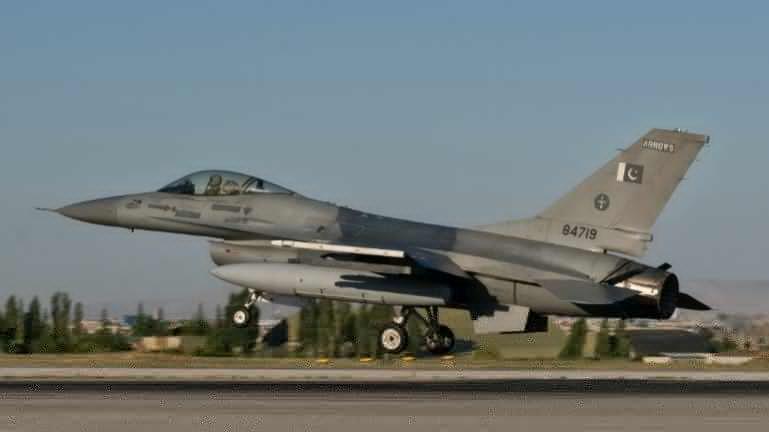
The historic dogfight against an intruding Pakistan Air Force (PAF) fighter jet formation over Jammu and Kashmir seems to have convinced the Indian Air Force (IAF) bosses about the need to upgrade the weaponry on Indian fighter jets. The Pakistani intrusion came after Indian fighter jets' bombed Balakot deep inside Pakistani territory on February 26 in retaliation to the Pulwama terror attack.
Defence experts suggest that India's escape with just one MiG-21 Bison lost after it was hit by a PAF F-16 missile forcing Wing Commander Abhinandan Varthaman to eject to the Pakistani zone of Kashmir was fortuitous. Though Abhinandan did shoot down an F-16 in the skirmish, the glaring failure to inflict a more telling blow to PAF has led to the discussion on the need for more potent weaponry on Indian fighters.
The situation apparently was cut out for the dominating role of IAF's Sukhoi-30MKI (Su-30MKI) air superiority multipurpose fighter jets, which were expected to be the spearhead of Indian operations. Reports say there were at least two Su-30MKIs in the formation that scrambled to stop the Pakistani formation of older Mirage 5, Chinese-designed JF-17 Thunder and a few F-16, whose presence Pakistan still denies. Apart from Su-30MKI, India had Mirage 2000 Bison, the type of aircraft that scored the hits in Balakot a day earlier, and MiG-21 aircraft.
Reports show Indian Sukhois did get a lock on some Pakistani planes with their beyond visual range (BVR) Russian-made R-77 missiles, but they themselves were painted by the US-made AIM-120C AMRAAM (advanced medium-range air-to-air missile) of F-16 fighters from within Pakistani side of Kashmir across the Line of Control (LoC).
Indian Su-30s may have been forced to retreat in the absence of a better option. However, the Indian formation was ultimately saved from flying into a killing zone by six Mirage 2000 Bison planes that arrived from the shadow of the Pir Panjal Range where they were invisible to Pakistani radars, forcing the Pakistani fighters to drop their payload in a hurry and turn tail.

The near-miss situation of the engagement has made IAF top brass consider integrating Israeli I-Derby ER missile, which is already part of the Spyder air defence system that India is buying, into the Su-30MKI for BVR air-to-air strikes. IAF has already successfully tested the BrahMos hypersonic cruise missile for a ground attack role on the Su-30MKI platform. The integration of I-Derby ER is expected to make Su-30MKI's air superiority role complete.
While Vympel NPO-developed R-77 is a medium-range, active radar homing air-to-air missile that Russia introduced as a counter to AIM-120C. But the Israeli I-Derby ER, derived from French Rafale's Python-4 missile, is said to have better accuracy and range, comparable with AIM-120C.
A report carried by the NDTV website cites an article in Aviation Week as saying, "The new (missile) seeker (of I-Derby) is lighter and more compact than its predecessor, thus clearing valuable space which has been used by the missile designers to increase the propulsion system. This new addition increases the range of the I-Derby ER beyond 100 km., significantly more than its current 'short/medium' range capability."















